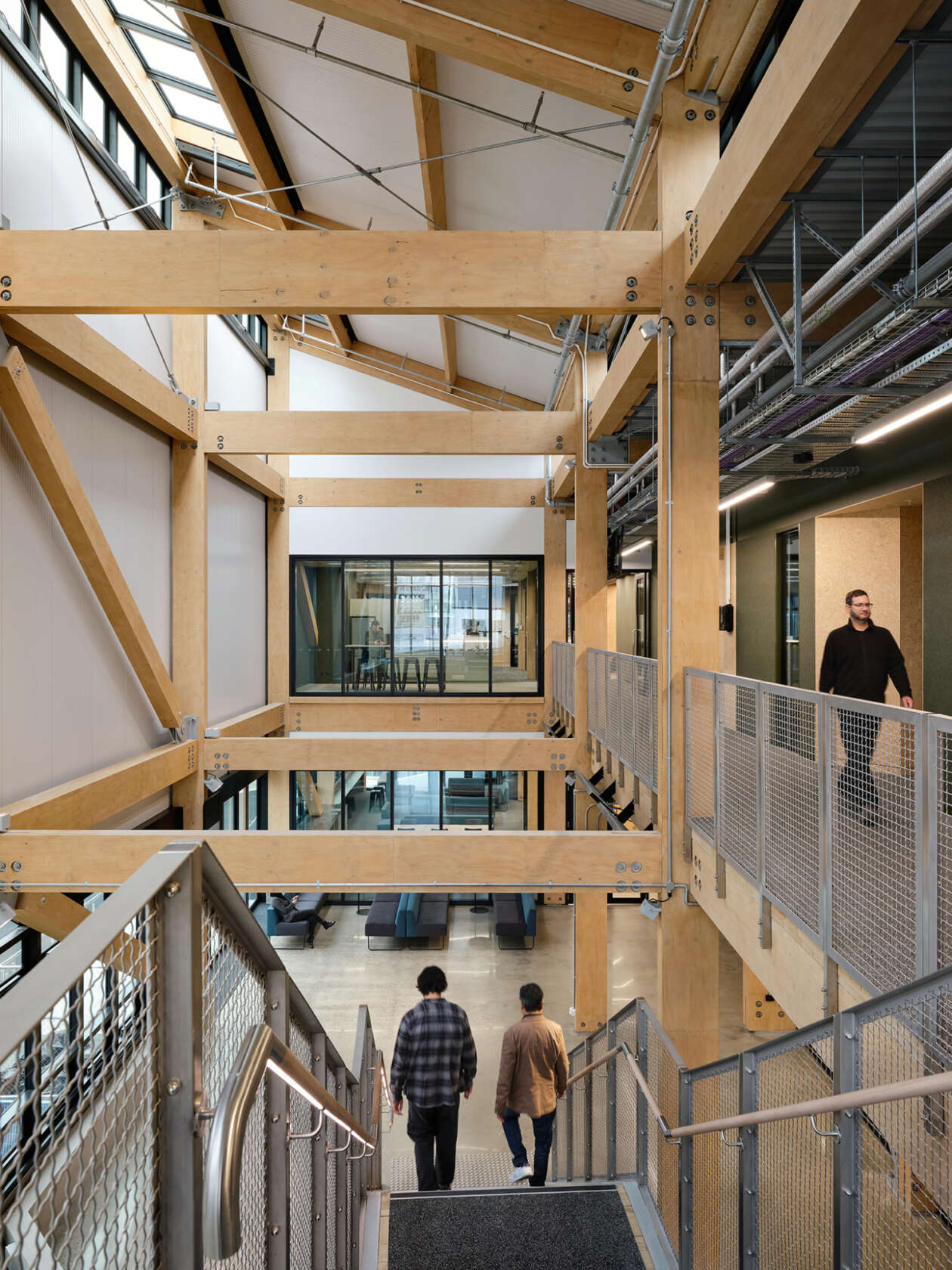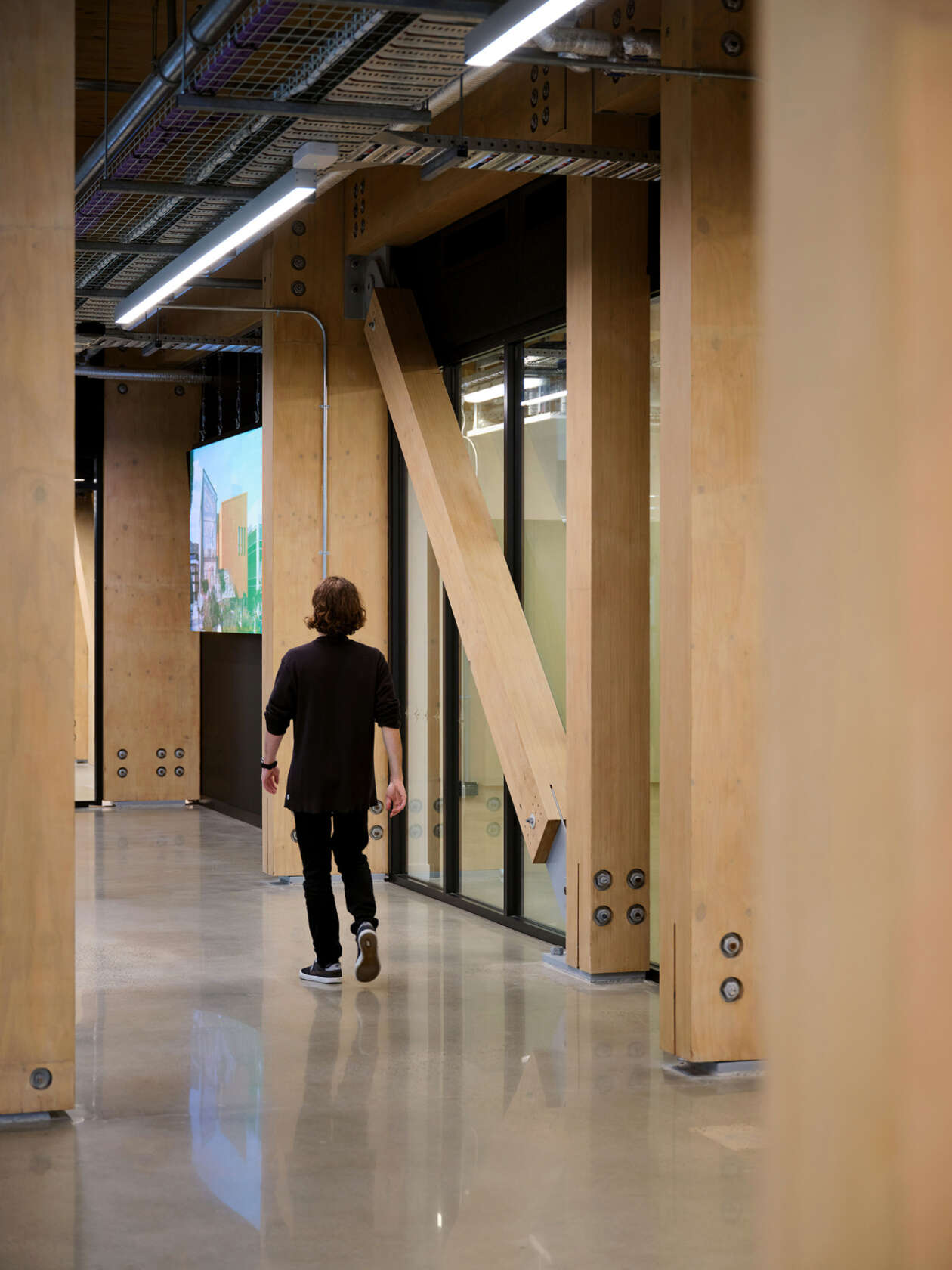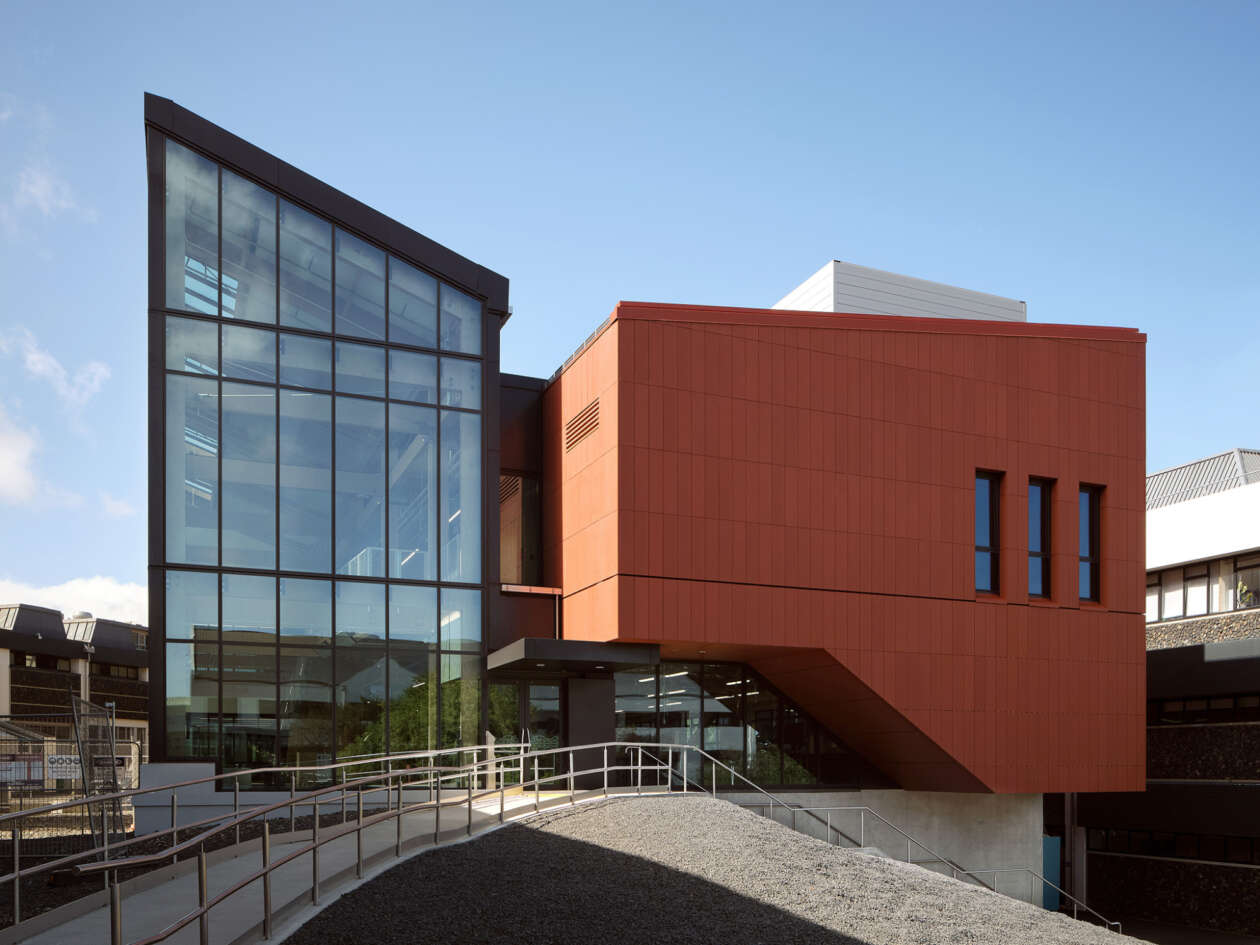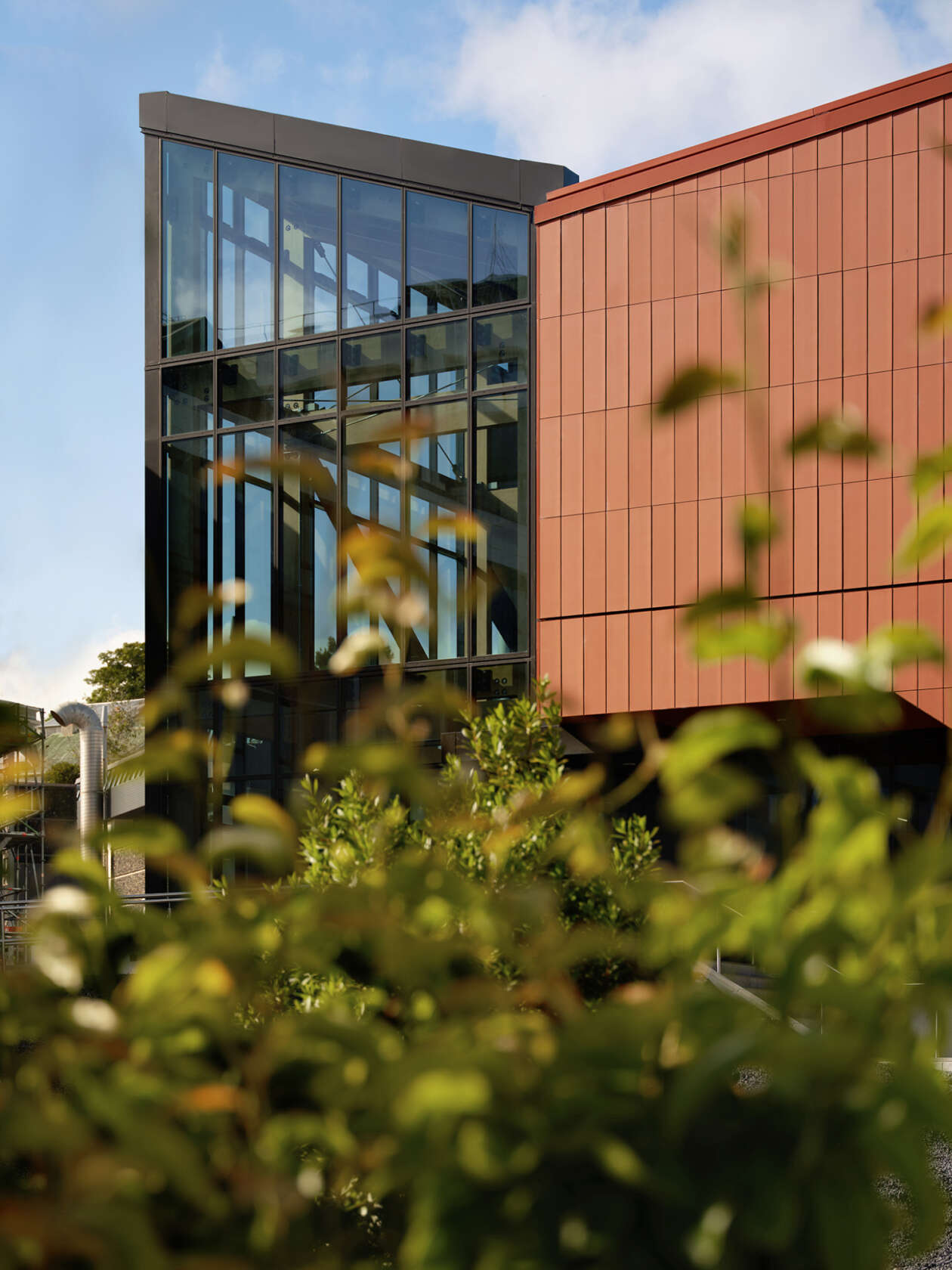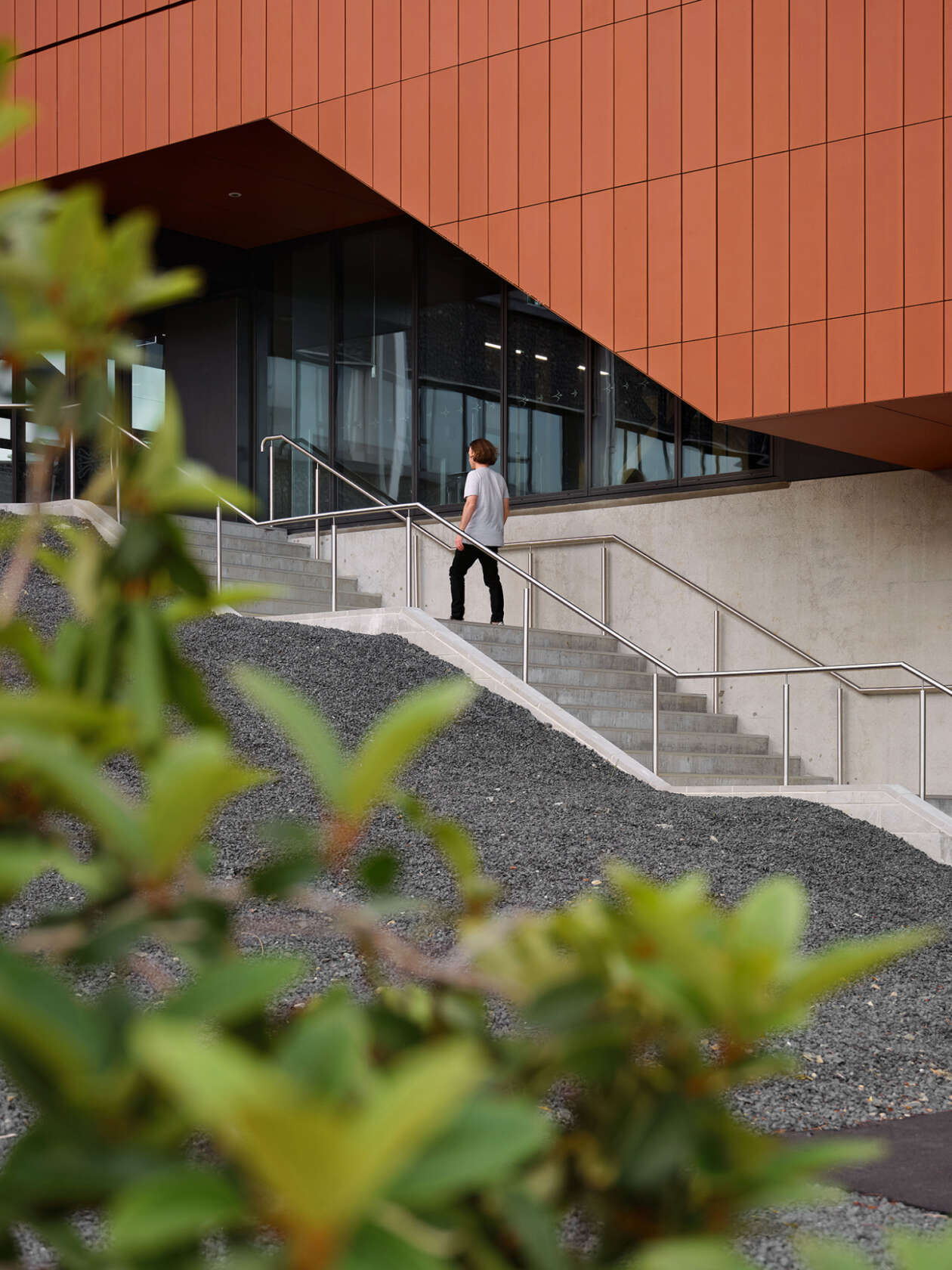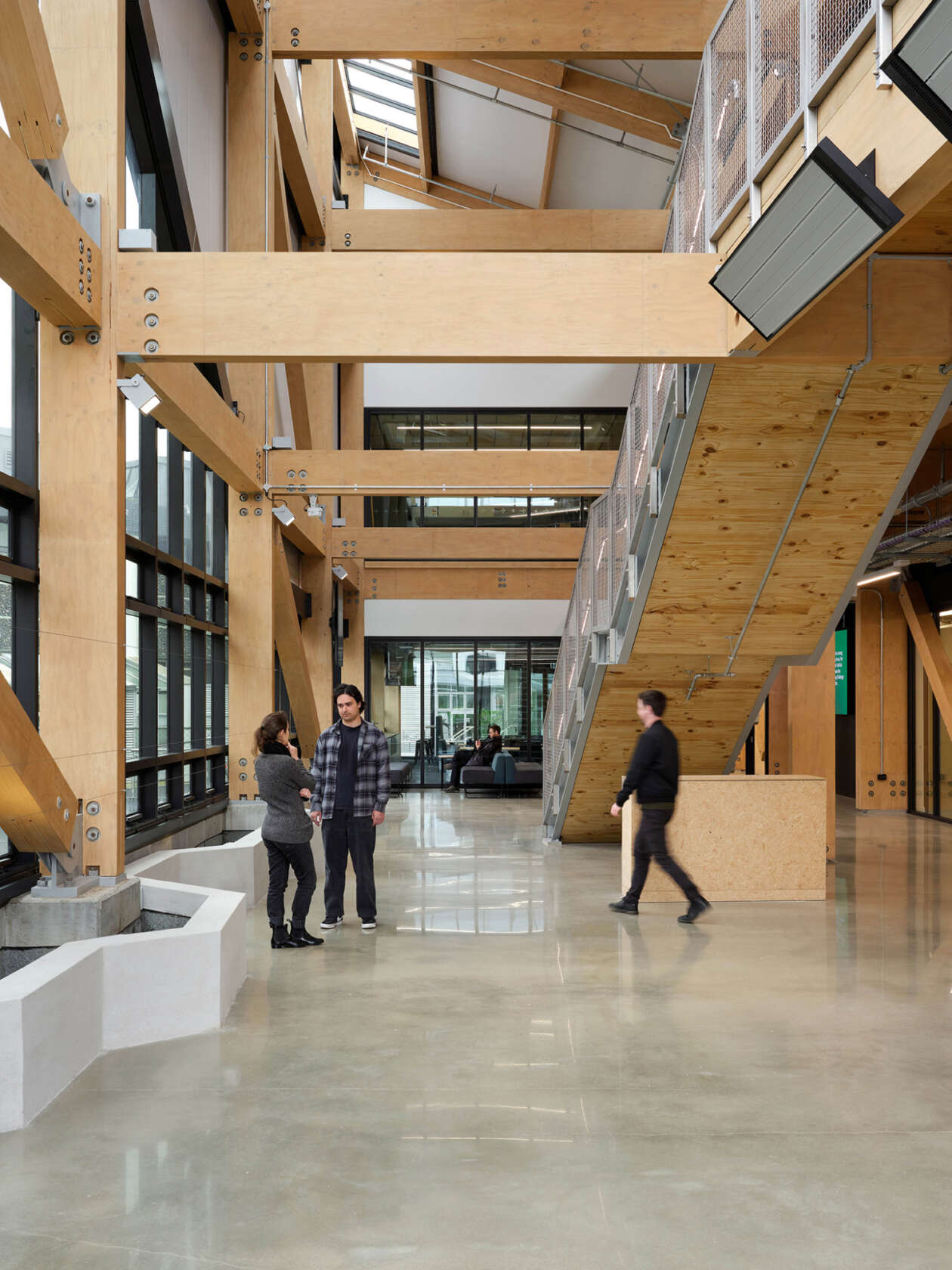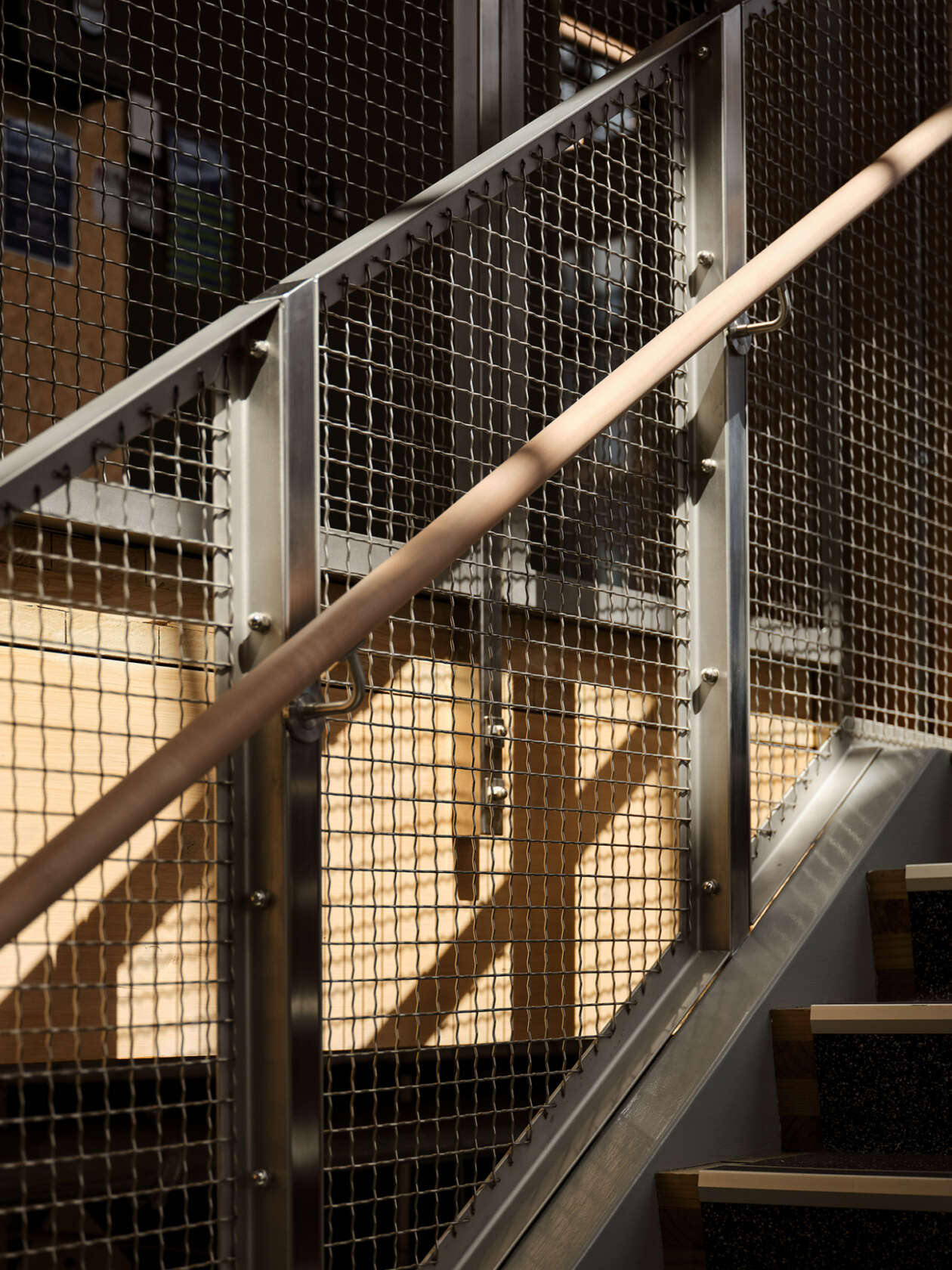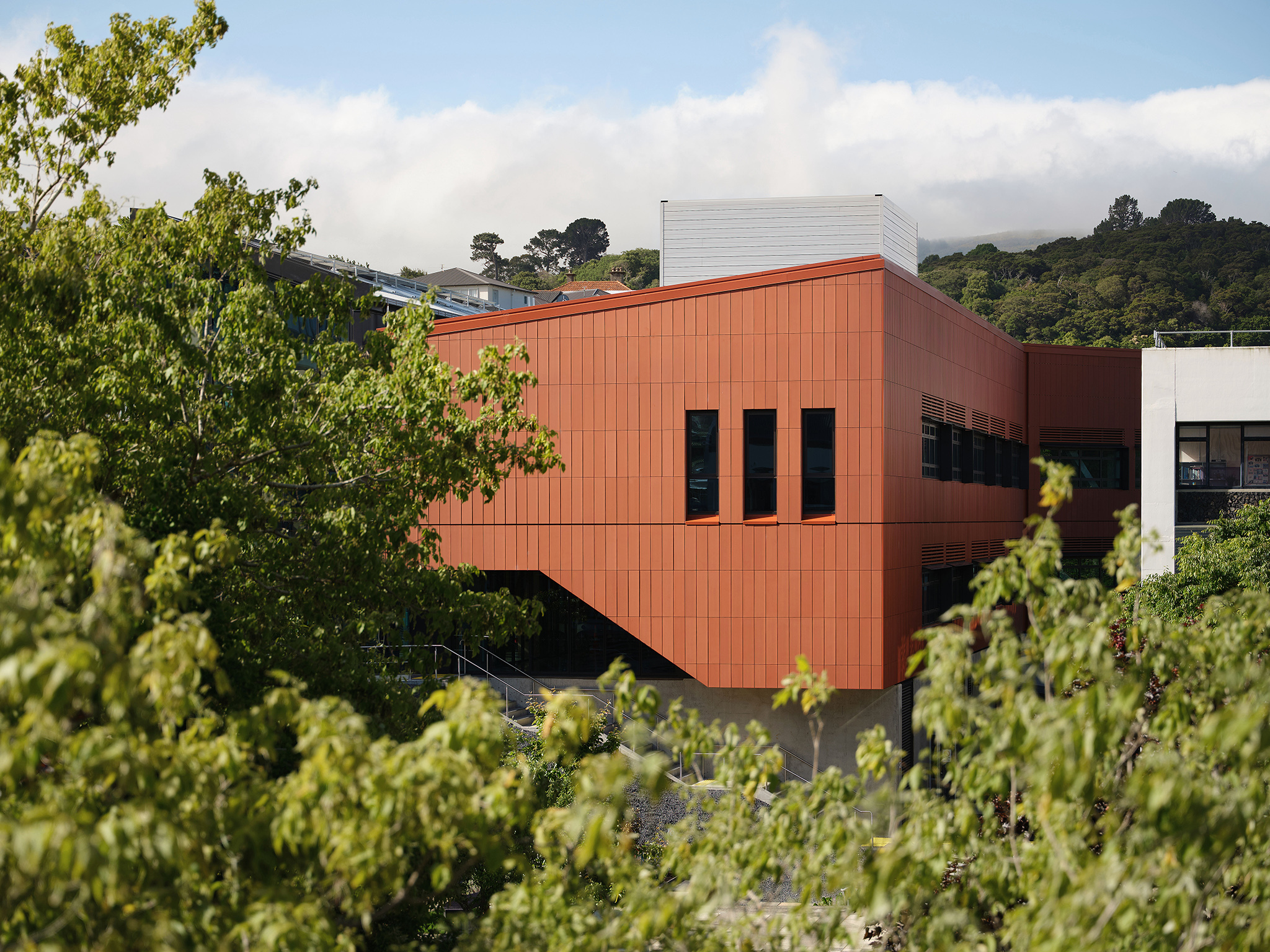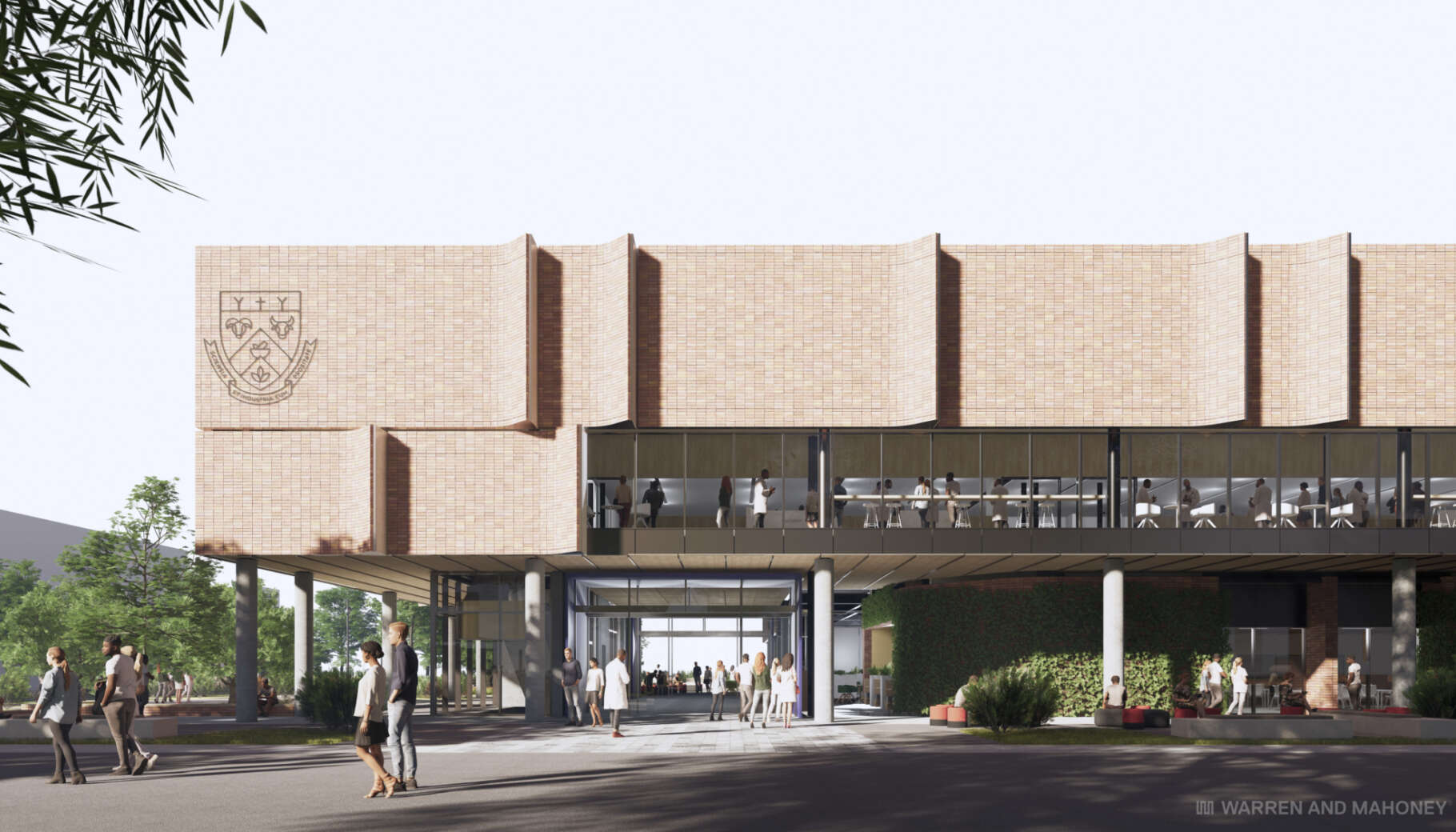Inspiring our future creators of highly sustainable and adaptable built environments.
The new Otago Polytechnic facility will connect a number of currently dispersed but related programmes, and will use the building itself as tools to facilitate an interdisciplinary learning experience which will inspire our future creators of highly sustainable and adaptable built environments.
Named He Toki Kai Te Rika, which translates as 'a tool for the hand', the new campus facility will offer an outstanding learning environment to develop the next generation of Otago’s tradespeople and engineers. The design is a reflection of Otago Polytechnic’s collaborative partnerships - not only with industry, but also community. A vibrant Kāi Tahu/Māori presence and connection to land and place is the result of the cultural and sustainability framework which underpinned the design process and thinking.
The Trades Training Centre (TTC) will be key to achieving the Polytechnic’s philosophy for an overarching Living Campus. Using the Living Building Challenge as a sustainable design framework, the Forth Street campus is the 11th in the world to register as a Living Community. The design inspires healthy living, embeds cultural and social values, encourages analysis and experiment in resource efficiency, and minimises our overall footprint on the environment. The project targets new standards in sustainability, with visible stormwater collection on campus, passive solar and ventilation, biophilic design, a hybrid timber structure, cradle-to-cradle product and system analysis and heavily researched, Red List Free materials.
Exposed and highlighted services, plant spaces, and a variety of construction types and details create teaching opportunities and celebrate the trades taught. A highly visible project workshop will greet you on arrival, building control systems and real-time data is displayed and accessible for research and teaching.
The design of the building celebrates the relationship of local history and cultural importance to the very function of the building as a trades and horticultural learning facility. The footprint of the new facility was historically wetland river banks at the confluence of the Ōwheo river. Raupō (river reeds), were harvested by Māori for thatching walls and roofs and the manufacturing of canoe sails. A series of ‘toki’ or Māori adzes were found on campus, dating back as early as the 15th century – a confirmation of the importance of the site as a landing point and resource gathering area. We worked with Māori artists to tell the stories of the site in the architecture and integrated artwork.
The project targets a world-class demonstration of an adaptable, sustainable and culturally relevant learning environment. Using modern technology and construction, this facility will inspire the public, and most importantly, our next generation of innovators and creators of the built environment.
“We were impressed by Warren and Mahoney’s ability to bring the team together, guiding us to a creative, sustainable solution which speaks directly to our strategy.” - Tracey Howell, Otago Polytechnic.
